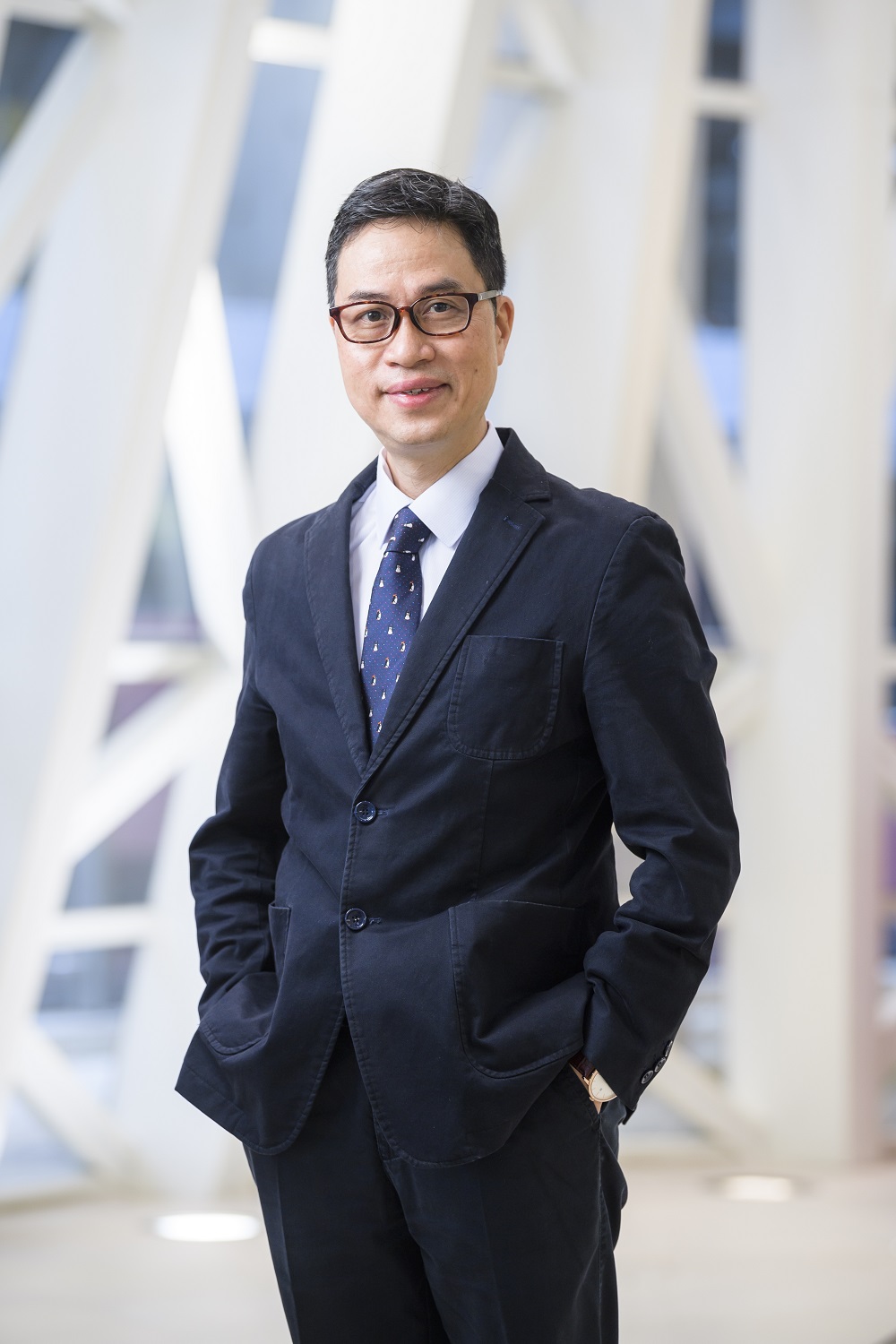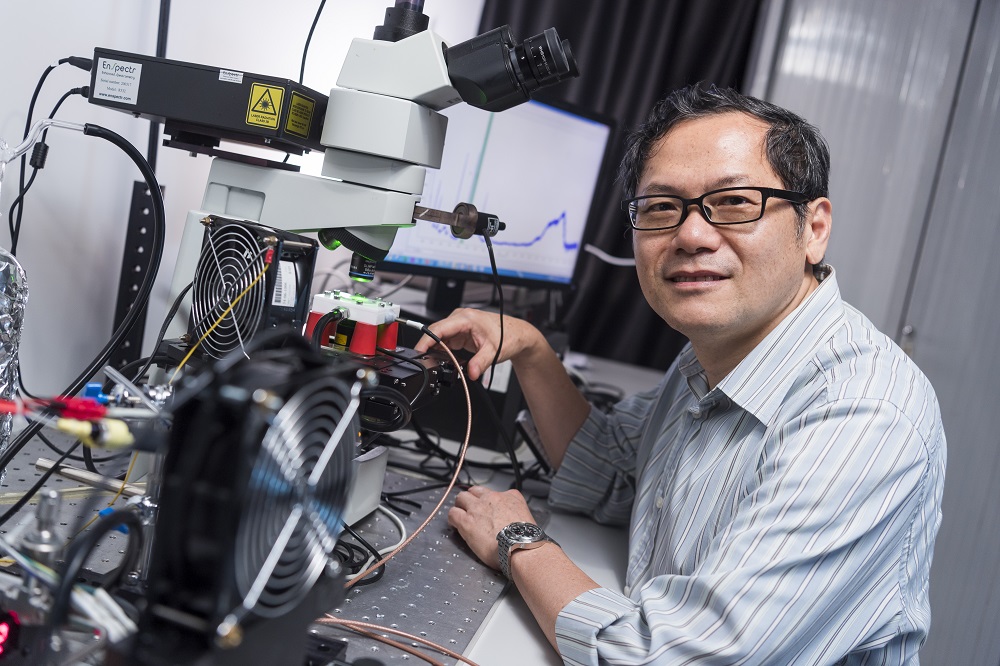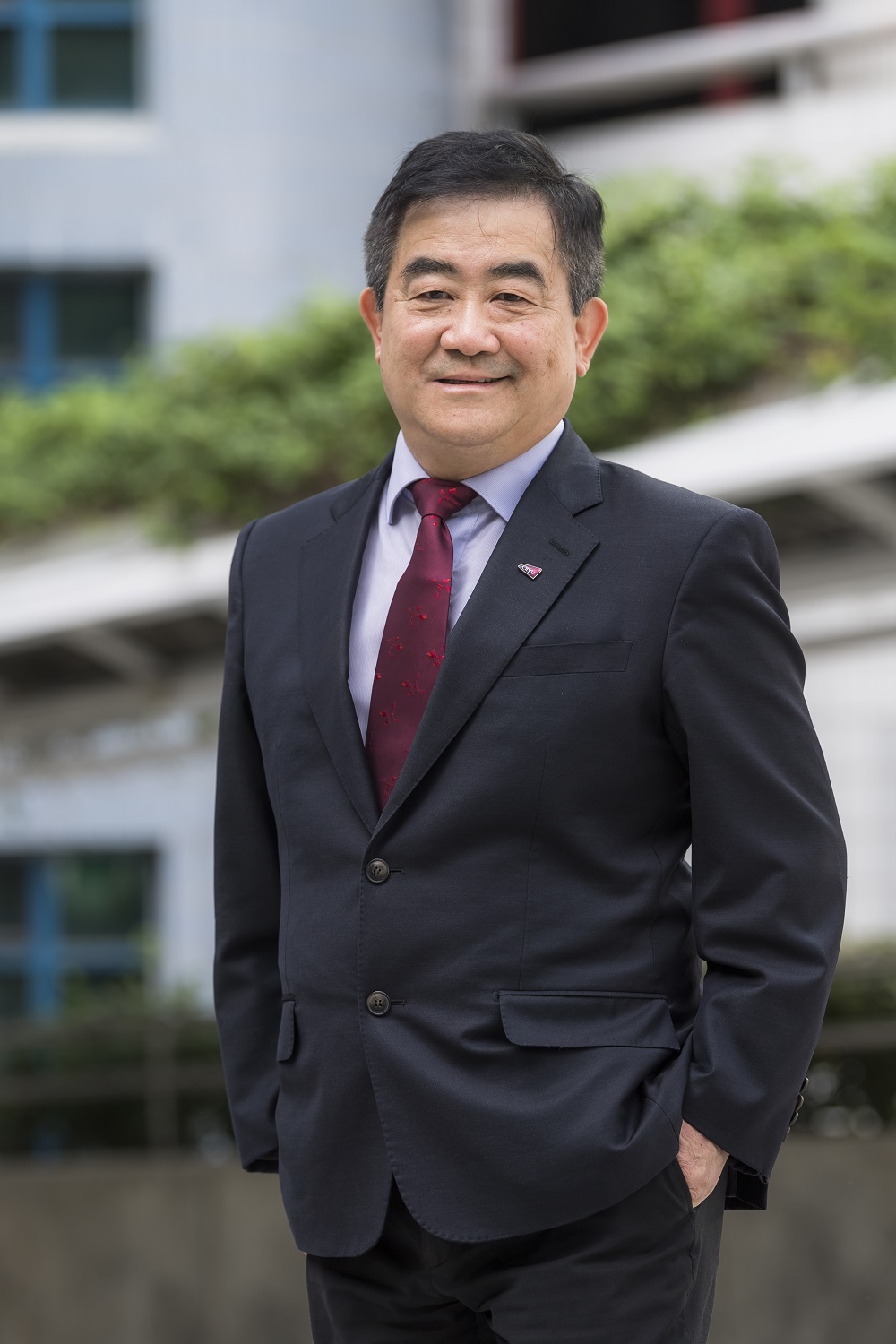Four CityU Projects Awarded HK$20 Million from Green Tech Fund
Four research projects led by scholars at City University of Hong Kong (CityU) received grants worth HK$20.26 million in total from the inaugural Green Tech Fund under the Environmental Protection Department, Hong Kong SAR Government. In terms of the number of projects and the total amount of grants, CityU earned the top position among all local universities, highlighting its excellence in scientific research and its commitment to developing innovative technology for carbon emission reduction and environmental protection.
Established with an allocation of HK$200 million from the Government’s 2020/21 budget, Green Tech Fund aims to boost the research development and applications of decarbonisation and green technologies. Addressing issues on decarbonisation, energy efficiency, green transport and air quality, CityU joined with local industries and government departments to expedite low-carbon transformation in Hong Kong.
Professor Henry Chung Shu-hung: Reusing Second-life Electric Vehicle Batteries to Promote Sustainability

The project led by Professor Henry Chung Shu-hung, Chair Professor of Electrical Engineering, received funding worth approximately HK$6.69 million. The objective is to develop a smart power conditioner (SPC) by reusing obsolete electric vehicles (EV) batteries, called second-life batteries. The overall aim is to improve the power quality and energy efficiency within the electrical distribution network and meet the growing demand for charging EVs.
“The quantity of obsolete EV batteries is on the rise due to EVs becoming more popular. Thus, we want to give a second life to these batteries to provide a more environmentally friendly solution for charging EVs and thereby promote sustainability,” said Professor Chung.
With an artificial intelligence (AI)-empowered diagnostic framework, the SPC system can estimate the remaining useful life of batteries and the health condition of major power components in the SPC through online monitoring. In addition, the system can help reduce electronic waste by controlling the charging and discharging profiles of the batteries to prolong their life. It can also reduce the power loss of the entire electric distribution network, and solve the frequent failure problems experienced by the power capacitor in the passive harmonic filter and capacitor bank.
Professor Chan Chak-keung: Portable and Low-cost Sensors for Effective Real-time Monitoring of Smog-causing Pollutants in the Air

A grant of approximately HK$5.69 million was awarded to the project led by Professor Chan Chak-keung, Dean and Chair Professor of Atmospheric Environment in the School of Energy and Environment (SEE). Professor Chan’s research team will develop two types of portable low-cost sensors for the real-time monitoring of volatile organic compounds (VOCs) in the air. Poisonous VOCs are key precursors of the ozone and suspended particulates that generate photochemical smog.
“Photochemical smog has become increasingly frequent in Hong Kong and the Greater Bay Area. To effectively control the emission of VOCs, we must first understand their composition, concentration and spatial distribution,” Professor Chan said.
He explained that instruments that are commonly used for real-time measurements of VOCs are costly and require considerable infrastructure and resources. These limitations have hampered efforts to develop a VOC monitoring network. The two sensing systems that the team plans to develop will be:
1) low-cost mini metal-organic framework-based photoionisation detector sensors and metal oxide semiconductor sensors for real-time measurements of selected key VOCs; and
2) a portable and cost-effective thermal desorption-gas chromatograph-photoionisation detector system for real-time VOC measurement and speciation.
These systems, which entail lower production costs than existing commercial monitoring devices, can be easily installed and are flexible enough for various mobile platforms, such as unmanned aerial vehicles, to monitor VOCs at different horizontal and vertical scales. They will help Hong Kong achieve decarbonisation targets and enhance air quality by controlling the emission of VOCs.
Professor Alex Jen Kwan-yue: Developing Printable Perovskite Solar Cells for Clean Energy and Sustainable Society

The project led by Professor Alex Jen Kwan-yue, Director of Hong Kong Institute for Clean Energy and Lee Shau Kee Chair Professor of Materials Science, received funding worth HK$5.03 million. His team will develop highly efficient printable perovskite solar cells (PSCs) to help scale up the renewable energy in an urban environment and improve the energy efficiency performance of small-scale grid-connected PV systems installed on rooftops of residential buildings. It will help Hong Kong to become a leading city in developing technologies for solar energy.
Professor Jen’s team consists of top perovskite scientists and experts in printable PSCs. “Currently, more than 85% of energy in the world comes from non-renewable sources. Scientists should therefore bear the responsibility of developing new materials and technologies that will provide highly efficient and sustainable clean energy,” said Professor Jen.
By developing perovskite as appropriate “ink” for printing films directly on crystalline silicon solar cells, the team aims to produce high-performance perovskite and crystalline silicon tandem solar cells with 30% higher power conversion efficiency than conventional silicon cell. This technology can enhance the efficiency of photovoltaic systems installed on rooftops. In addition, the team will develop semi-transparent PSCs that can be used as solar windows for building-integrated photovoltaics (BIPV).
Dr Ng Yun-hau: Generating Clean Hydrogen Energy with Domestic Tap Water and Sunlight

Developing green energy through solar energy and water to generate hydrogen has become a prevalent trend. Dr Ng Yun-hau, Associate Professor of SEE, was granted approximately HK$2.88 million for his project, which will develop a novel and large-scale photocatalyst panel for solar hydrogen evolution with a domestic water source.
The team will spray bismuth-based photocatalytic powder developed by Dr Ng on stainless steel plates and turn them into photocatalyst panels. A transparent window will cover the panels as an outer frame for receiving sunlight. By connecting the panels to tap and filling them with water, a thin layer of water (less than 1 cm) will form within the photocatalyst panels to generate hydrogen. The clean hydrogen produced by sunlight and water can generate electricity for small indoor devices, including lighting and charging ports for portable devices.
“A photocatalyst for solar water splitting is one of the simplest ways to produce green hydrogen for clean energy. As a metropolitan city, Hong Kong has the responsibility to catch up with current trends in hydrogen energy,” Dr Ng said.